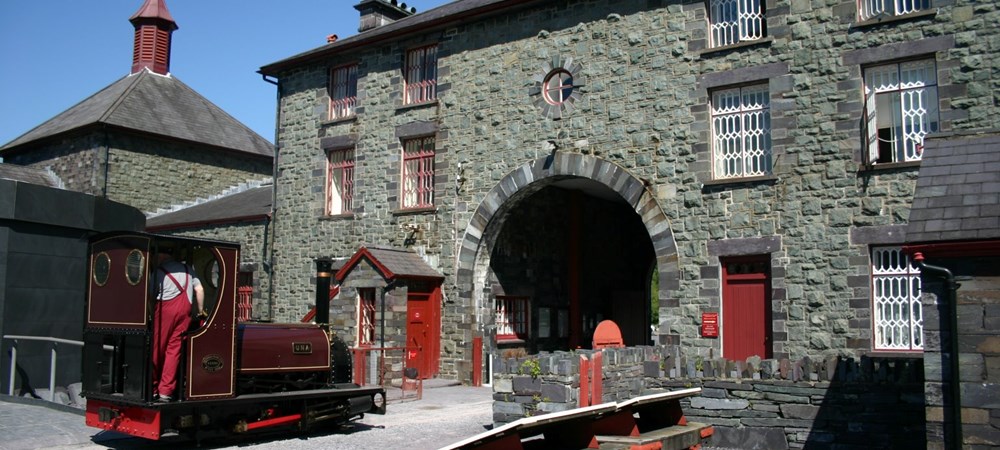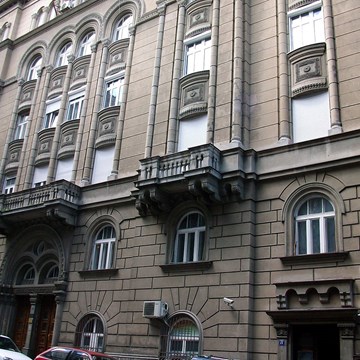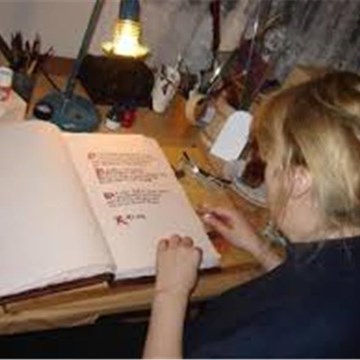National Slate Museum
Dinorwig Quarry closed in 1969. Today - rather than fashioning wagons and forging rails - the workshops tell a very special story: the story of the Welsh slate industry.
The National Slate Museum is sited in the Victorian workshops built in the shadow of Elidir mountain, site of the vast Dinorwig quarry.
Here you can travel into the past of an industry and a way of life that has chiselled itself into the very being of this country.
The Workshops and Buildings are designed as though quarrymen and engineers have just put down their tools and left the courtyard for home, while an array of Talks and Demonstrations including slate-splitting give you a real insight into quarry life.
You'll hear the gripping Story of Slate, encompassing such great events as industrial unrest on the one hand, and the small details of everyday life on the other.
Fron Haul recaptures significant periods from the slate industry with a row of quarrymen's houses on the museum site. Strikes and suffering, craftsmanship and community: all the drama of real people's lives.
The National Slate Museum at Llanberis invested a £1.6 million lottery grant into bringing back to life the inheritance of the north Wales slate industry, which roofed the industrial revolution.
Now, with imaginative interpretation, the remarkable relics of the slate industry can be understood and enjoyed by the many thousands of visitors to this stunning countryside, on the flanks of Snowdon.
The lottery grant made possible unique features and facilities, offering the visitor an unparalleled day out in the richly wooded lakeside landscape of the Padarn Country Park.
A day full of enjoyment and education awaits in a dramatically beautiful landscape on the shores of Llyn Padarn, and at the terminus of the Llanberis Lake Railway, one of the 'Great Little Trains of Wales', which runs along the waters port shoreline.
The Museum originally opened to the public in 1972. Many of the sites former quarrymen and engineers were employed to present their craft, while equipment was collected from other Welsh quarries.
In later years the quarry's incline was restore to its former glory, and the Museum re-opened in 1999 with new unique features and facilities.
Exhibitions and events
We don't have anything to show you here.
Educational programs
We don't have anything to show you here.
Collections
We don't have anything to show you here.











